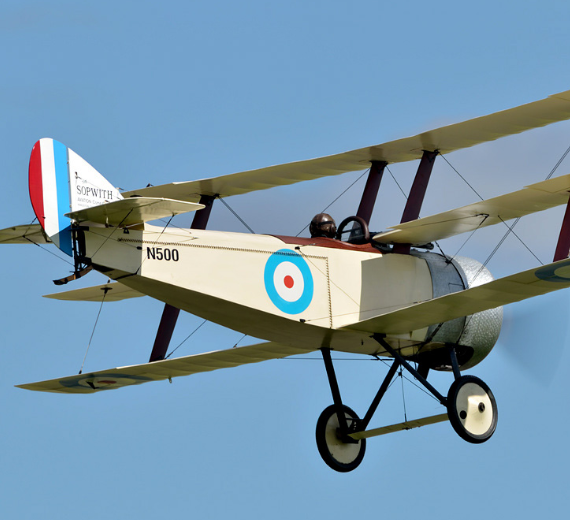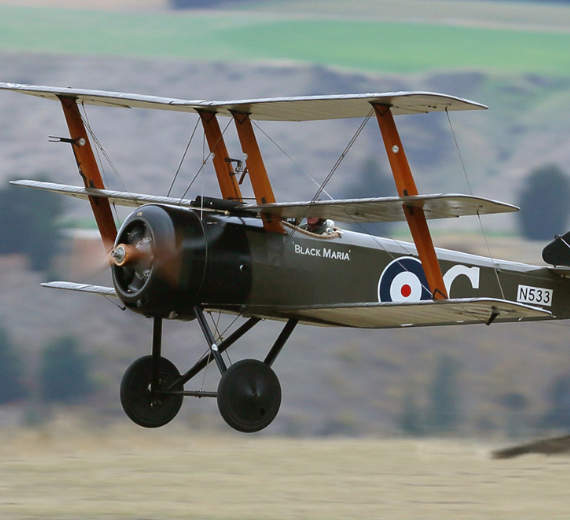Sopwith Company
Sopwith Triplane
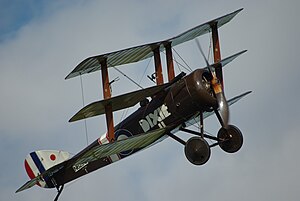 |
|
| Triplane reproduction G-BOCK at Old Warden, 2013 | |
| Role | Fighter |
|---|---|
| National origin | United Kingdom |
| Manufacturer | Sopwith Aviation Company |
| Designer | Herbert Smith |
| First flight | 28 May 1916 |
| Introduction | December 1916 |
| Primary user | Royal Naval Air Service |
| Number built | 147 |
.
History Sopwith Aviation Company
Sopwith Triplane (Clerget 9B-engined variant)

The Triplane was developed by the firm's experimental department as a private venture, the project was headed by the designer Herbert Smith. Aside from its obvious difference in wing configuration, the aircraft shared many similarities with the company's successful biplane fighter, the Sopwith Pup. The prototype Triplane performed its maiden flight on 28 May 1916 and was dispatched to the French theatre two months later, where it garnered high praise for its exceptional rate of climb and high manoeuvrability. During late 1916, quantity production of the type commenced in response to orders received from the Admiralty. During early 1917, production examples of the Triplane arrived with Royal Naval Air Service squadrons.
Between July 1916 and January 1917, the Admiralty issued two contracts to Sopwith for a total of 95 Triplanes, two contracts to Clayton & Shuttleworth Ltd. for a total of 46 aircraft, and one contract to Oakley & Co. Ltd. for 25 aircraft. Seeking modern aircraft for the Royal Flying Corps (RFC), the War Office also issued a contract to Clayton & Shuttleworth for 106 Triplanes.
Development
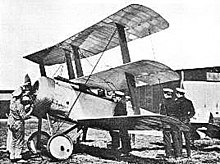
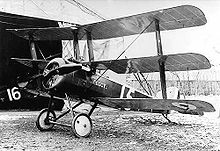
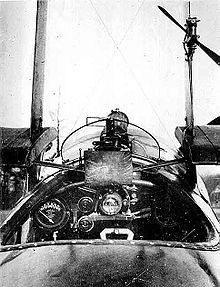
During the First World War, the Sopwith Aviation Company became a prominent British manufacturer of military aircraft. It was amid this conflict that one of its employees, Herbert Smith, designed the Sopwith Pup, a single-seat biplane fighter aircraft which was described by aviation author J.M. Bruce as being "one of the world's greatest aeroplanes".[3] While it was a capable fighter that possessed impressive handling qualities for its era, from an aerodynamic perspective, the Pup was an entirely conventional design. Certain figures, including those within Sopwith's experimental department, sought to develop a successor which would instead pioneer new concepts for such an aircraft; out of such ambitions would emerge the Triplane
0
KmCeiling
0
HrEndurance
0
Km/hAircraft Speed
0
Max Crew
Photo Gallery
Sopwith Aviation Company
Sopwith Triplane (Clerget 9B-engined variant)


Sopwith Aviation Company
Sopwith Triplane
General Info
-
-
-
- Crew: 1
- Length: 18 ft 10 in (5.74 m)
- Wingspan: 26 ft 6 in (8.08 m)
- Height: 10 ft 6 in (3.20 m)
- Wing area: 231 sq ft (21.5 m2)
-
-
Powerplant
-
- Empty weight: 1,101 lb (499 kg)
- Gross weight: 1,541 lb (699 kg)
- Powerplant: 1 × Clerget 9B 9-cylinder air-cooled rotary piston engine, 130 hp (97 kW)
- Propellers: 2-bladed fixed-pitch propeller
Performance
-
- Maximum speed: 117 mph (188 km/h, 102 kn) at 5,000 ft (1,524 m)
- Range: 321 mi (517 km, 279 nmi)
- Endurance: 2 hours 45 minutes
- Service ceiling: 20,500 ft (6,200 m)
- Time to altitude:
-
- 6,000 ft (1,829 m) in 5 minutes 50 seconds
.
Links to Youtube & Others
In June 1917, No. 4 Naval Squadron received the first Sopwith Camels and the advantages of the sturdier, better-armed fighter quickly became evident. Nos. 8 and 9 Naval Squadrons re-equipped with Camels between early July and early August 1917.
Sopwith Triplane WW1
By the end of 1917, surviving Triplanes were used as advanced trainers with No. 12 Naval Squadron.
Youtube Link
Another drawback of the Triplane was its light armament.[37] Contemporary Albatros fighters were armed with two guns but most Triplanes carried one synchronised Vickers machine gun.
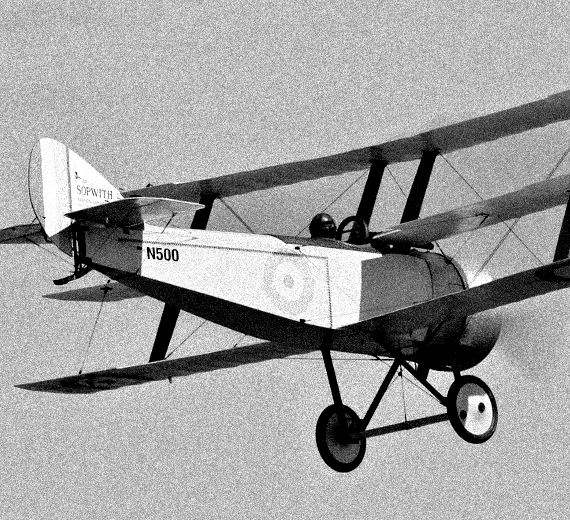

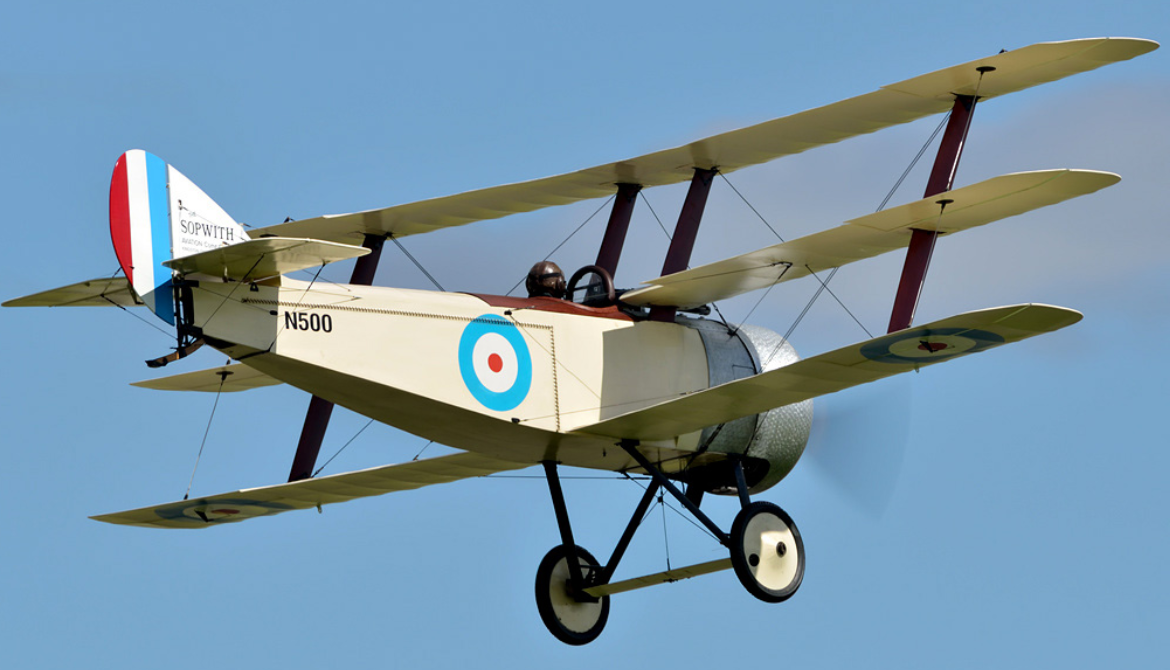
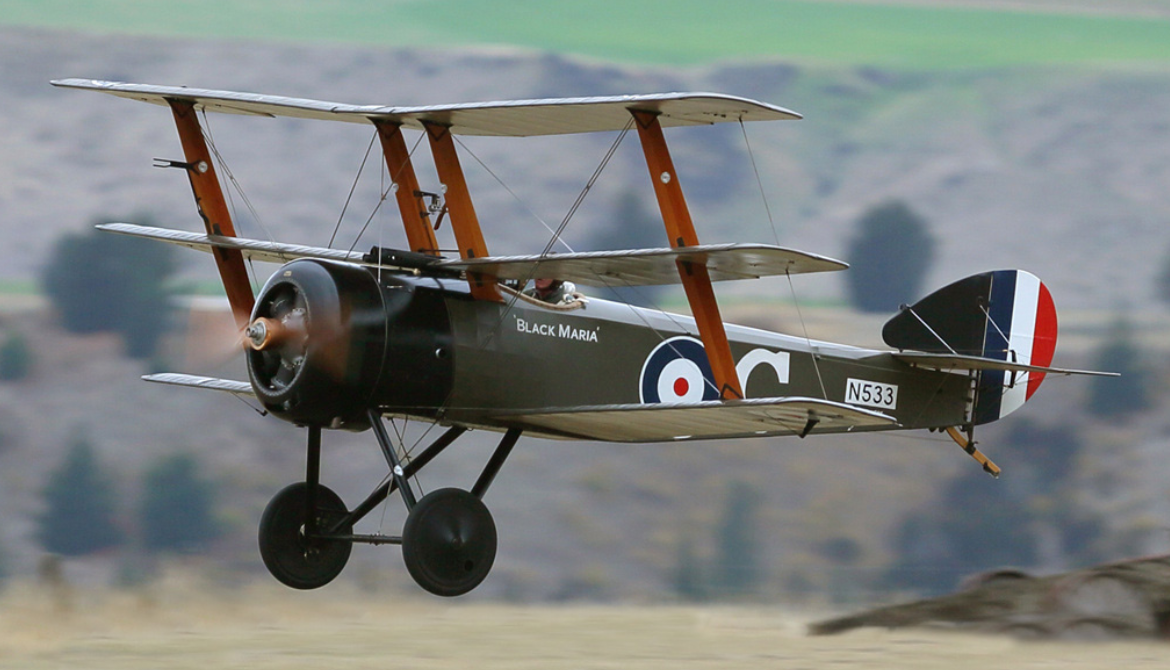
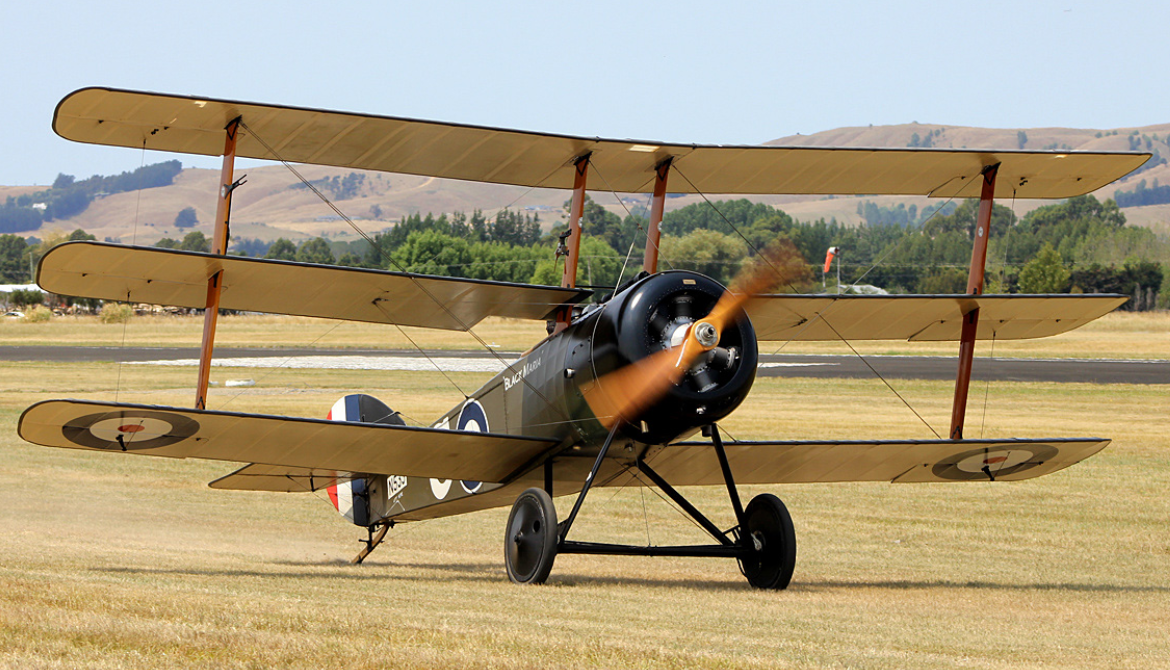
.png)
